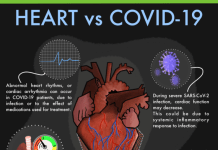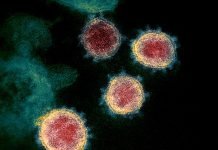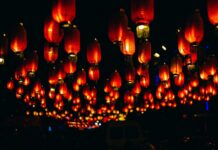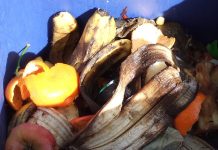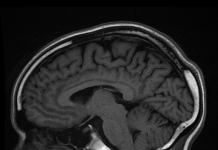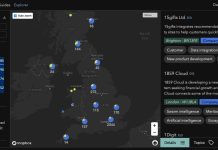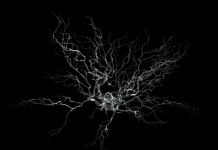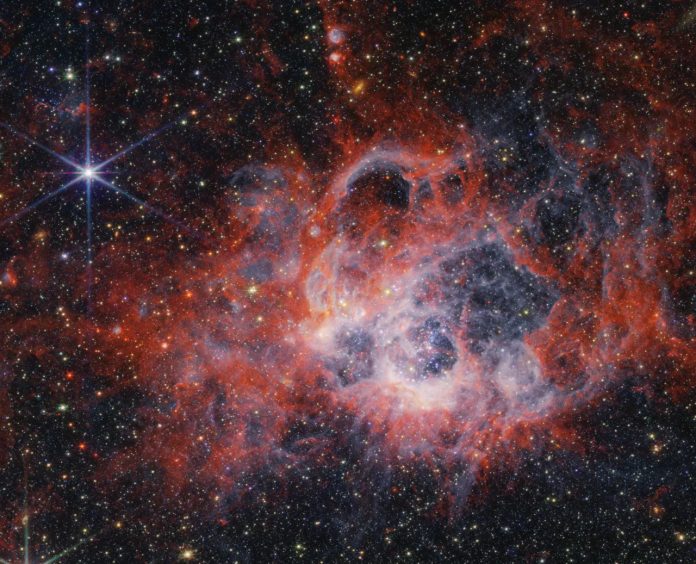James Webb Space Telescope (JWST) has taken near-infrared and mid-infrared images of the star-forming region NGC 604, located nearby in the neighbourhood of home galaxy. The images are most detailed ever and offer unique opportunity to study high concentration of massive, young stars in neighbouring galaxies to our home galaxy, the Milky Way.
The high concentration of massive stars at relatively close distance, means the star-forming NGC 604 offers a unique opportunity to study stars early in their life. Sometimes, the ability to study nearby objects (such as star-forming region NGC 604) at an extremely high resolution can help better understand more distant objects.
Near-infrared view:
This image of NGC 604 is taken by NIRCam (Near-Infrared Camera) of JWST.
Tendrils and clumps of emission that appear bright red, extending out from areas that look like clearings, or large bubbles in the nebula are the most noticeable features of the near-infrared image. Stellar winds from the brightest and hottest young stars have carved out these cavities, while ultraviolet radiation ionizes the surrounding gas. This ionized hydrogen appears as a white and blue ghostly glow.
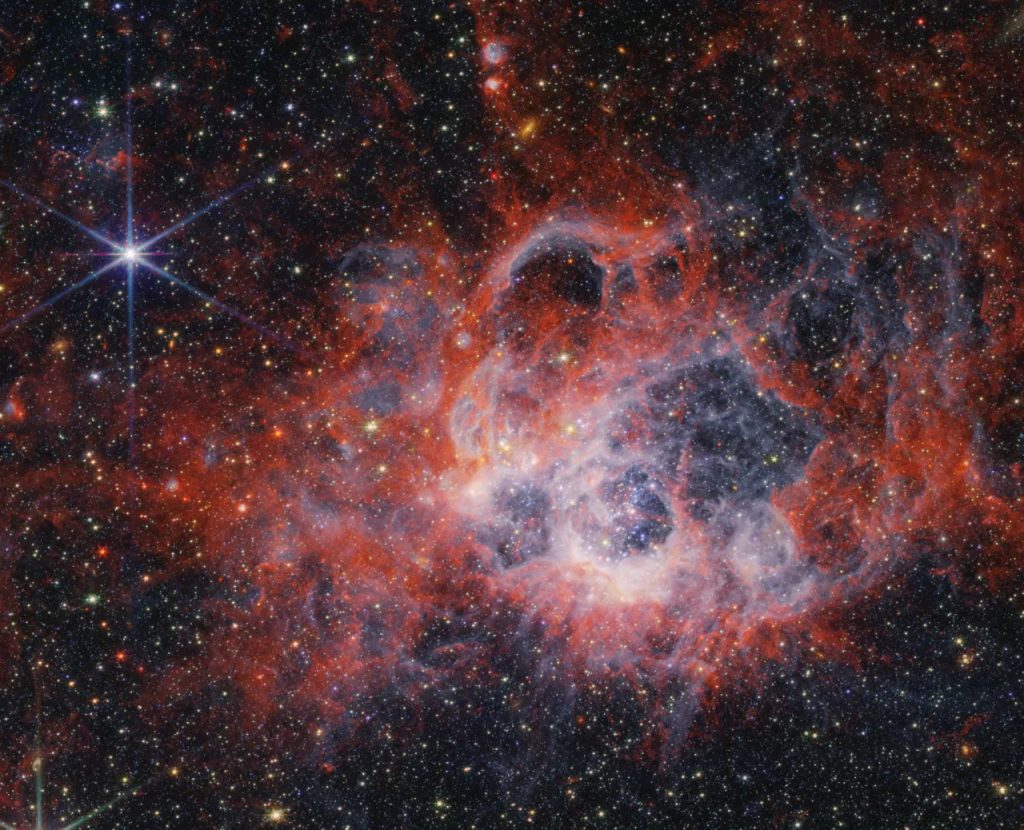
The bright, orange-coloured streaks signify the presence of carbon-based molecules known as polycyclic aromatic hydrocarbons, or PAHs. This material plays an important role in the interstellar medium and the formation of stars and planets, but its origin is a mystery.
The deeper red signifies molecular hydrogen as one travel farther from the immediate clearings of dust. This cooler gas is a prime environment for star formation.
The exquisite resolution also provides insights into features that previously appeared unrelated to the main cloud. For example, in Webb’s image, there are two bright, young stars carving out holes in dust above the central nebula, connected through diffuse red gas. In visible-light imaging from Hubble Space Telescope (HST), these appeared as separate splotches.
Mid-infrared view:
This image of NGC 604 is by MIRI (Mid-Infrared Instrument) of JWST.
There are noticeably fewer stars in the mid-infrared view because hot stars emit much less light at these wavelengths, while the larger clouds of cooler gas and dust glow.
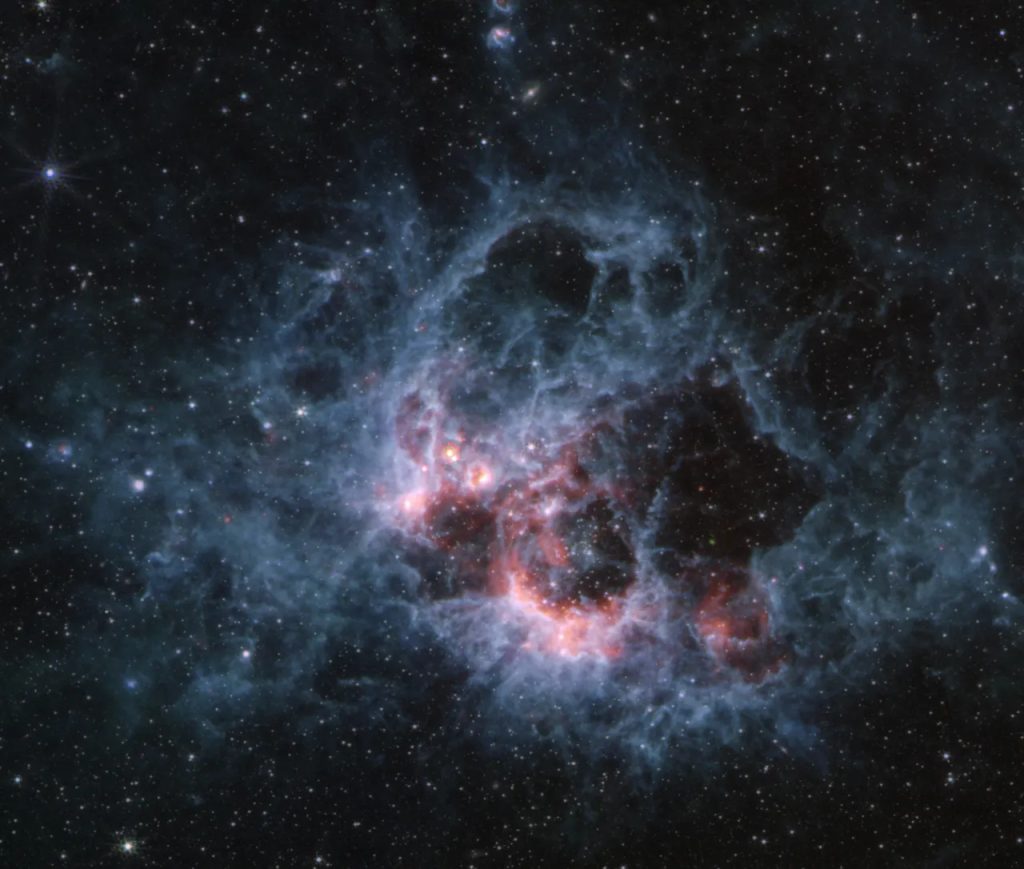
Some of the stars seen in this image, belonging to the surrounding galaxy, are red supergiants – stars that are cool but very large, hundreds of times the diameter of our Sun. Additionally, some of the background galaxies that appeared in the NIRCam image also fade.
In the MIRI image, the blue tendrils of material signify the presence of PAHs.
The mid-infrared view also illustrates a new perspective into the diverse and dynamic activity of this region.
The star-forming region NGC 604
The star-forming region NGC 604 is estimated to be around 3.5 million years old. The cloud of glowing gases extends to some 1,300 light-years across. Located 2.73 million light-years away in the nearby Triangulum galaxy, this region is large in extent and contains many more recently formed stars. Such regions are small-scale versions of more distant “starburst” galaxies, which underwent an extremely high rate of star formation.
In its dusty envelopes of gas, there are more than 200 of the hottest, most massive kinds of stars, all in the early stages of their lives. These types of stars are B-types and O-types, the latter of which can be more than 100 times the mass of our own Sun.
It’s quite rare to find this concentration of them in the nearby universe. In fact, there’s no similar region within our own Milky Way galaxy.
This concentration of massive stars, combined with its relatively close distance, means NGC 604 gives astronomers an opportunity to study these objects at a fascinating time early in their life. Sometimes, the ability to study nearby objects such as star-forming region NGC 604 at an extremely high resolution can help better understand more distant objects.
***
References:
Space Telescope Science Institute (STScI) 2024. Press release – Peering into the Tendrils of NGC 604 with NASA’s Webb. 09 March 2024. Available at https://webbtelescope.org/contents/news-releases/2024/news-2024-110.html
***






